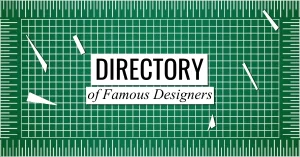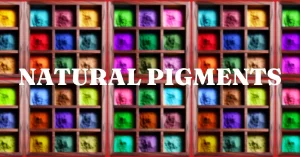Digital art has become an increasingly popular medium for artists to showcase their work. With the rise of social media and online marketplaces, it has become easy to monetise design and digital art online. In this article, we will explore 7 strategies for selling your artwork online and how to monetise your digital art.
Sell Prints
One of the most straightforward ways to monetise your digital art is by selling prints. Platforms such as Etsy, Redbubble and Society6 allow artists to upload their artwork and sell it as prints, canvases, or other products. You can also sell prints on your own website or through social media like Facebook Marketplace or art-selling groups. Make sure to consider factors such as printing quality and pricing when choosing a printing company to work with.
Create and Sell NFTs
NFTs, or non-fungible tokens, have been making headlines in the art world recently. Essentially, an NFT is a unique digital asset that is stored on a blockchain, which allows for it to be authenticated and tracked. As a digital artist, you can create and sell NFTs of your artwork on platforms such as OpenSea, SuperRare, and Nifty Gateway. Keep in mind that creating and selling NFTs does require some technical knowledge and research on the current market trends.
Offer Commissions Ethically
Another way to monetise your digital art is by offering commissions. This means that you create custom artwork for clients based on their specific requests. You can advertise your commission services on your website or social media, and price your services based on the level of complexity of the commission. It’s important to establish clear communication and boundaries with clients to ensure that both parties are satisfied with the end result. Make sure you have a contract that clearly states the scope of use of the artwork. You would not want to find out that the small business that purchased your artwork for local use is now printed on a t-shirt sold by a totally different company.
To read more about licensing your artwork, you can read Copyright and Licensing for Art and Design
Create and Sell Merchandise
Beyond selling prints, you can also create and sell merchandise featuring your digital art. This can include products such as phone cases, stickers, and apparel. Platforms like Redbubble and Teespring allow you to upload your designs and sell merchandise with no upfront costs. You can also create and sell merchandise on your own website or through social media. All of these products should then be advertised properly on social media to give your shop some traction.
Participate in Online Art Auctions
Online art auctions, such as those held by Christie’s or Sotheby’s, are not just limited to physical artwork. Some of these auction houses are now accepting digital art, and online-only platforms. Auctions such as Foundation and Async Art specialise in digital art auctions. Participating in these auctions can help increase the exposure and value of your artwork.
Offer Online Classes or Tutorials
As a digital artist, you have a unique skill set that others may want to learn. You can monetise your knowledge by offering online classes or tutorials on platforms such as Skillshare or Udemy. You can also offer one-on-one coaching or mentorship programs. Sharing your expertise not only allows you to monetise your digital art but also helps you establish yourself as an authority in your field. To offer video tutorials remotely, you may just need to purchase a holder for your phone camera. This will help you record your hands while you draw.
Collaborate with Brands, Companies or Small Businesses
Another way to monetise your digital art is by collaborating with brands or companies.
Small and medium enterprises do not have big budgets and are more receptive to new artists and designers. Directly approaching them through their web or social contacts is a great way to start a professional conversation. This can involve creating artwork for advertising campaigns or partnering with a company to create a product line featuring your designs. Collaborations can provide exposure and financial benefits, but it’s important to choose partnerships that align with your values and style of design.
There are many strategies for monetising your digital art online. Whether you choose to sell prints, create NFTs, offer commissions, sell merchandise, participate in online auctions, offer classes, or collaborate with brands. With this, it is important to establish a clear pricing strategy and market your artwork effectively. Keep in mind that building a successful career selling digital art online takes time, effort, and dedication. However, there is great potential for growth as a professional designer.







0 Comments